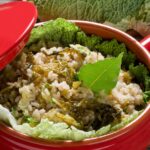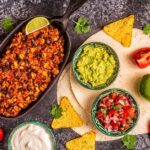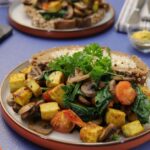Why More Cat Owners Are Going DIY with Pet FoodIn a world where transparency matters, animal moms and dads are rethinking what enters into their feline buddies’ bowls; mass-produced kibble and canned options frequently include fillers, synthetic ingredients, and mystery meats. A growing motion toward homemade cat food reflects a more profound commitment to quality, health, and ingredient control.

DIY Homemade Feline Food Recipes for Feline Fans
The Benefits of Homemade Cat Food for Your Furry CompanionHomemade meals provide unparalleled customization. From customizing to allergies to boosting palatability, DIY cat food supports energy levels, a shinier coat, and improved digestion. With the ideal balance, homemade choices can equal– and frequently go beyond– store-bought alternatives.
Breaking Free from the Can: A New Era of Feline NutritionGone are the days of bland pate from a tin. The contemporary cat diet is evolving, embracing fresh, whole foods and dynamic nutrition. Think chicken breast, salmon, sweet potatoes, and nutrient-rich greens– combined into delicious, feline-approved cuisine.
Comprehending Feline Nutritional Needs
What Cats Need: A Quick Guide to Feline NutritionObligate carnivores by nature, felines require diets abundant in animal proteins and low in carbs. Unlike omnivorous pet dogs, they flourish on a meat-first menu supported by particular vitamins, minerals, and amino acids.
Protein Power: The Cornerstone of Every Cat’s Diet Protein isn’t optional—it’s essential. Search for top-quality sources like chicken, turkey, beef, and fish. Each protein must be lean and absorbable, preferably fresh or minimally processed.
Vital Vitamins and Minerals for Optimal HealthCalcium, phosphorus, magnesium, and B-complex vitamins play essential functions in a feline’s cellular and skeletal systems. Without a correct balance, even the tastiest meals can cause long-lasting shortages.
The Role of Taurine: A Lifesaving Amino Acid for CatsA taurine shortage can trigger irreversible damage, including loss of sight and heart problems. Since cats can’t manufacture taurine efficiently, their diets need to consist of natural sources such as heart meat or taurine supplementation.
What to Avoid: Dangerous Ingredients and Common Mistakes Avoid onions, garlic, chocolate, grapes, and anything sweetened with xylitol. These can be toxic. Over-seasoning and feeding raw fish too often are likewise common mistakes to sidestep.
Getting Started with Homemade Feline Food Recipes
Raw vs. Cooked: Choosing the Very Best Preparation Style Raw diets mirror what felines consume in the wild, while prepared diet plans offer comfort by eliminating pathogens. Each has advantages—pick based on your cat’s health, comfort level, and expert advice.
How to Transition Your Cat to Homemade Meals SafelyTransition gradually. Mix homemade food with their typical fare, increasing over 7– 10 days. Display stool hunger, consistency, and behavior.
The Importance of Consulting a Veterinarian or Pet Nutritionist Even the best intentions can fall short without expert input. An animal nutritionist can help you customize recipes to your feline’s age, breed, activity level, and medical history.

Tools and Ingredients for Success
Must-Have Kitchen Tools for Cat Food Preparation: Invest in a quality food processor, digital cooking area scale, stainless steel bowls, and freezer-safe storage containers. A meat mill and sluggish cooker can likewise be game-changers.
Sourcing High-Quality Ingredients for Your Cat’s Meals: Prioritize natural, hormone-free meats and fresh fruit and vegetables. Regional butchers and farmer’s markets typically provide better transparency and exceptional quality.
Portion Control and Safe Storage for Freshness Store meals in airtight containers, freeze portions, and label them with dates—most homemade foods last 3- 5 days, cooled, and frozen for as many as 3 months.
Homemade Cat Food Recipes for Each Taste
Chicken Delight: Shredded Chicken with Pumpkin Mash is easy yet nourishing. Boiled chicken breast shredded and mixed with pure pumpkin puree supports food digestion and pleases fussy eaters.
Turkey and Quinoa Power Bowl: For Lean MuscleGround turkey, prepared quinoa, and a dash of parsley are high in protein and fiber, fueling muscle growth and healthy energy.
Salmon Supreme with Steamed Green BeansRich in omega-3s, this meal sets flaky salmon with sliced green beans for a crispy texture and heart health increase.
Beef and Liver Medley for Iron and Energy BoostLean ground beef and gently sautéed beef liver, combined with mashed peas, are packed with iron, B12, and necessary nutrients.
Tuna and Rice Casserole with a Dash of CatnipCanned tuna in water combined with brown rice and a spray of dried catnip. Simple, fragrant, and irresistible.
Lamb and Sweet Potato Puree for Sensitive Stomachs Boiled lamb and mashed sweet potatoes create a calming alternative for felines with food sensitivities or allergies.
Dishes for Special Dietary Needs
Grain-Free Recipes for Sensitive TummiesDitch the grains and go with pure proteins and veggies. Spinach, pumpkin, and chicken puree are gentle, low-allergen meals.
Low-Phosphorus Meals for Kidney HealthFocus on egg whites, rice, and small portions of fatty fish. Avoid high-phosphorus meats like organ cuts.
High-Protein Recipes for Young and Active CatsBoost your kitty cat’s vigor with turkey, sardines, and eggs. A protein-packed trio that supports development and curiosity.
Senior Cat Recipes with Extra Joint SupportAdd glucosamine-rich components like chicken cartilage and omega-3 oils. Combine with pumpkin and soft-cooked peas for ease of food digestion.
Snack Time: DIY Cat Bites and treats
Savory Salmon Crunchies for Purring PraiseBaked salmon, oat flour, and egg have delightful bite-sized benefits.
Tacky Tuna Balls for Quick Rewards: Tuna, low-fat cheese, and mashed peas rolled into mini morsels for occasional deals.
Dehydrated Chicken Strips with a Kick of CatnipThin slices of chicken breast were dehydrated until crispy and topped with a light dusting of catnip.
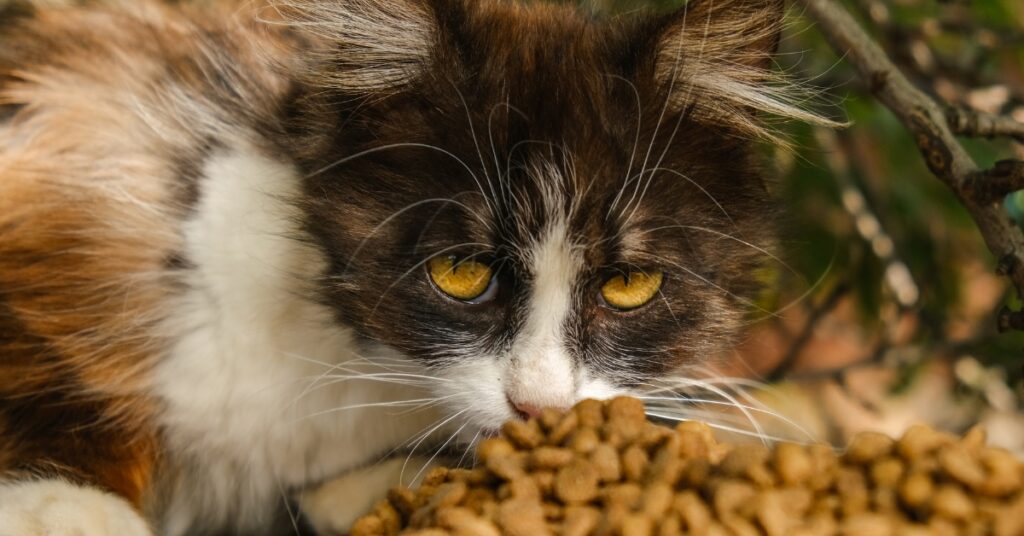
Tips for Keeping Mealtime Exciting
Rotating Proteins to Keep Things FreshCycle in between chicken, fish, lamb, and beef to avoid boredom and deal with broad-spectrum nutrition.
Add soft pieces or broths to add texture and aroma for Feminine appeal. Mix textures. Felines rely on aroma—making meals aromatic and welcoming.
Using Safe Herbs to Boost Flavor Without Risk: Incorporate parsley, catnip, or a pinch of rosemary. Prevent anything harmful like chives or garlic.
Common Pitfalls and How to Avoid Them
Signs Your Homemade Recipe May Be Lacking NutrientsLethargy, coat dullness, or modifications in appetite could indicate shortages. Adjust and speak with a vet.
Why Balance Is More Important Than VarietyIt’s tempting to over-diversify, but felines require constant, balanced meals—not day-to-day experimentation.
Preventing Overfeeding and Obesity with Homemade DietsHomemade doesn’t imply endless. Stick to calorie standards and track weight frequently.
Keeping Track of Your Cat’s Health on DIY Food
Keeping Track of Coat, Energy, and WeightShiny fur, active play, and stable weight are strong indications of a great diet plan. Keep a watchful eye on them.
Arranging regular vet checkups to adjust the diet routine, blood work, and weight checks will help fine-tune your feline’s meals for long-term success.
Utilizing a Food Journal to Record Favorite Recipes and ReactionsTrack what works. Note any digestion changes, mood shifts, or taste favorites to refine your regimen.
Conclusion
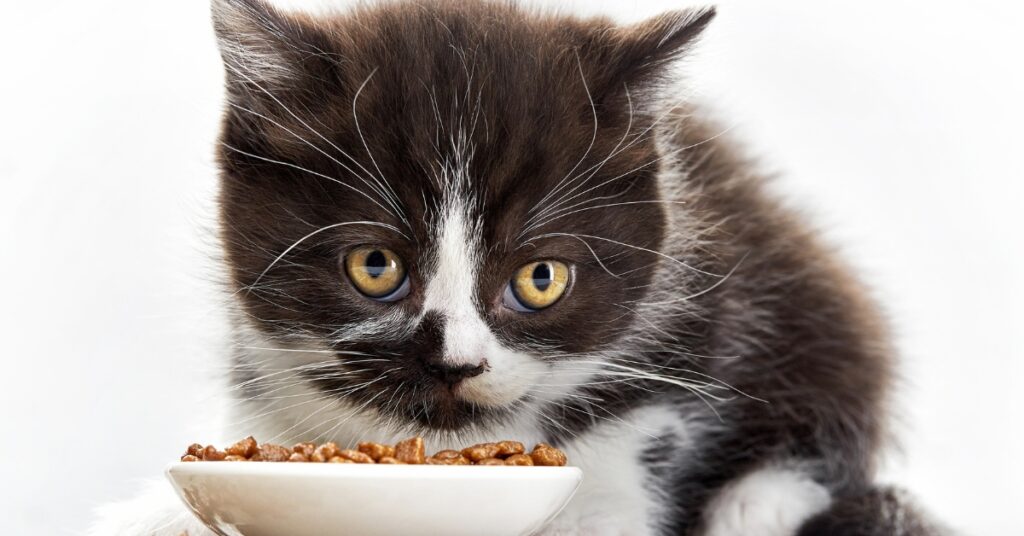
Feeding with Love: The Joy of Making Cat Food at HomeCreating meals from scratch constructs a bond between you and your animal. It’s nourishing in more methods than one.
Empowering Yourself to Support a Longer, Healthier Cat LifeHomemade food isn’t simply about freshness but empowerment. You’re straight forming your feline’s health trajectory.
Next Steps for Confident, Committed Feline Foodies: Stock up on fundamentals, consult your vet, and dive into a brand-new chapter of feline wellness with self-confidence and imagination.
A growing movement toward homemade cat food reflects a more profound commitment to quality, wellness, and component control.
The Benefits of Homemade Cat Food for Your Furry Companion Homemade meals provide unrivaled modification. From tailoring to allergies to enhancing palatability, DIY feline food supports energy levels, a shinier coat, and improved digestion. The modern-day cat diet is developing, accepting fresh, whole foods and dynamic nutrition. How to Transition Your Cat to Homemade Meals SafelyTransition gradually.

